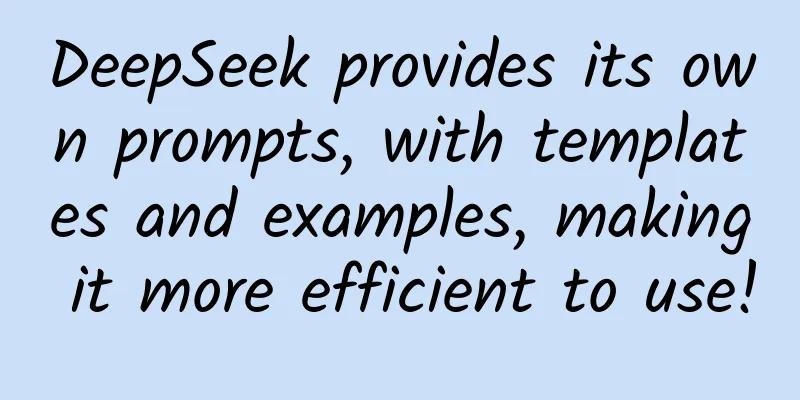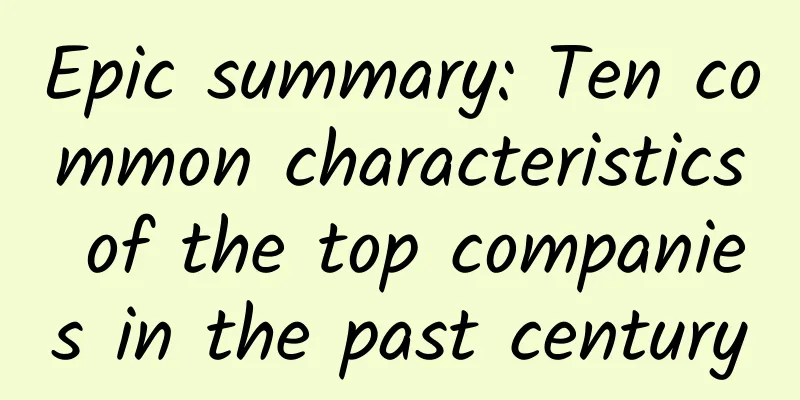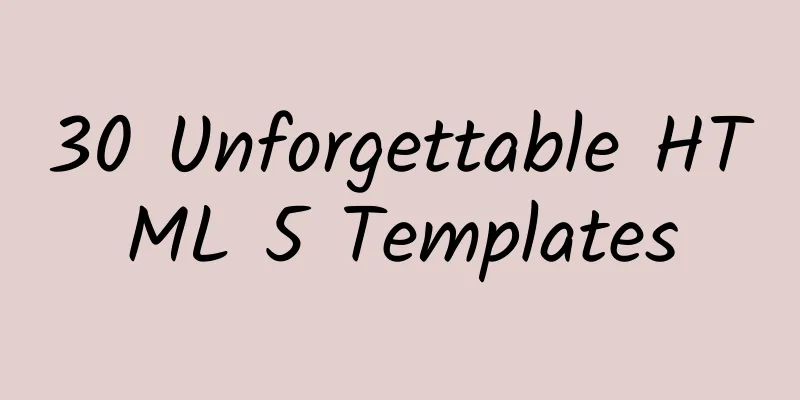DeepSeek provides its own prompts, with templates and examples, making it more efficient to use!

|
Recently, the artificial intelligence system DeepSeek has become very popular, and many friends are trying to use it to solve their own problems. However, due to the problem of the way of asking questions, they often cannot get the ideal answer, which affects the effectiveness of the system . Here, we let DeepSeek introduce the prompt words for various application scenarios, giving both general templates and specific examples. I believe that it will make everyone use it more accurately and efficiently , and it is worth collecting and practicing repeatedly! Question: In order to better utilize your abilities, please help me introduce the prompt words for various application scenarios in detail. DeepSeek’s thought process: Well, the user asked me to provide detailed tips for various application scenarios, and I have to think about how to organize this information. First, the user may want a comprehensive guide covering examples of tips in different fields. They may be content creators, developers, or just people interested in AI applications. I need to identify common application scenarios, such as content creation, programming, education, etc., and then provide specific tips for each scenario. Users may hope that these prompts can help them use AI tools more effectively, such as ChatGPT. The underlying need may be to improve work efficiency or explore different uses of AI. I need to make sure that each example is clear and provide usage scenarios and examples so that users can better understand how to apply it. Next, I have to consider whether the scenarios covered are comprehensive. In addition to the common content generation and programming assistance, there may be data analysis, business applications, creative writing, etc. Each field requires a different prompt structure. For example, data analysis may require more structured queries, while creative writing requires prompts that stimulate creativity. Also note the variety of prompts, such as those that require detailed steps, those that require role-playing, and those that require output in a specific format. Users may not be aware of these nuances, so it is important to give examples of the different variations. For example, in programming, the prompt structure for debugging code and generating code may be different. Additionally, users may need to know how to adjust prompts to suit their needs, such as specifying style, tone, or format. For example, in business emails, the difference between formal and informal, or in education, adjustments for different student levels. Finally, remind users of the importance of practice and adjustment, as different AI models may respond differently to prompt words. It may take multiple iterations to get the best results. The summary should be concise and emphasize flexible application and continuous optimization. DeepSeek’s answer: The following are tips for different scenarios, covering common areas and specific usage examples. Mastering these tips can help you use AI tools (such as ChatGPT) to complete tasks more efficiently: 1. Content Creation Scenarios 1. Article Writing Basic template: "Write [article type] on [topic] in [professional/popular] tone, including [specific elements] and focusing on [key ideas]" Example: "Write popular science articles about blockchain technology in easy-to-understand language, including technical principles, application scenarios and future trends, and focus on its impact on the financial industry" 2. Social media operations Advanced Techniques: "Design [content type] for [platform name] for [brand/product], in line with the reading habits of [target group], use [emoji/hot meme], and achieve [communication goal]" "Design 5 Xiaohongshu copywriting for the new sports headphones, targeting college students aged 18-25, combining campus scenes, using emoticons such as ����, and highlighting the battery life and noise reduction functions" 2. Programming Development Scenario 1. Code Generation Structured Tips: Example: 2. Code Optimization Precise description: Example: "Optimize this Java sorting algorithm. Currently, it takes 8 seconds to process 100,000 data. The goal is to reduce it to within 3 seconds and maintain JDK8 compatibility." 3. Commercial Application Scenarios 1. Market analysis Analysis framework: Example: "As a new energy vehicle analyst, I compared the channel layout and marketing strategies of Tesla and BYD in Q1 2023, using SWOT analysis. I suggest combining bar charts with line charts." 2. Business Plan Combination of elements: "Generate a BP template for [industry] startup projects, which must include [market pain points]-[solutions]-[profit model]-[3-year plan] modules, and use [investor focus indicators]" Example: "Generate a business plan framework for smart elderly care hardware projects, including innovation in aging-friendly design, subscription-based profit model, government cooperation resources, and highlight ROI and user LTV calculations" 4. Education and Training Scenario 1. Course Design Layering Tips: "Design a [topic] syllabus for [age group/level] learners, including [theory]-[practice]-[assessment], incorporating [teaching method], and meeting [ability development objectives]" Example: "Designed a 6-hour Python introductory course for junior high school students. Each course includes concept explanation + code lab + project challenge, using PBL teaching method to cultivate computational thinking" 2. Test question generation Parameterization requirements: "Generate [question type] of [subject] [difficulty level], test [knowledge point], set [interference items/problem-solving steps], and attach [scoring criteria] and [answer analysis points]" Example: "Generate 5 multiple-choice questions on the application of high school mathematics derivatives, with a medium to high difficulty level, testing the determination of extreme points, setting easy-to-error interference items, and attaching instructions for the key steps to solve the problems" 5. Creative design scene 1. Product Design Multi-dimensional tips: "Conceive a [product type] design that meets [user group] [needs], integrates [technological trends], highlights [innovation points], and considers the [production cost/user experience] balance" Example: "Design portable office equipment for urban office workers, combine flexible screen technology to solve the pain points of multi-device collaboration, control the cost within 500 yuan, and provide 3 concept sketches" 2. Story Creation Atmosphere creation: "Create a [type] story with [era background] as the stage, with [character setting] as the protagonist, present [theme] through [conflict events], and create a narrative style of [atmosphere]" Example: "A suspenseful short story in the near future cyberpunk style. The protagonist is a memory restorer. Through a case of data tampering, the alienation of human nature is revealed. The description is described in a cold lens style." 6. Tips for optimizing prompt words Role Playing Method : "As [domain expert role], please use [specific perspective] to analyze..." ▶ Example: Assuming you are a McKinsey consultant, use the MECE principle to analyze the community group buying business model Chain thinking method : "Step-by-step instructions: [What to do in the first step] → [Considerations in the second step] → [Verification methods in the third step]..." Reverse questioning : "What common mistakes should you avoid to achieve [goal]? Please list the top 5 pitfalls and strategies to avoid them" Mixed instruction method : "First summarize the core idea in one sentence, then use a metaphor to explain the principle, and finally use a comparison table to show the advantages and disadvantages" 7. Special scene processing Clarification of vague requirements : "Regarding [general direction], please ask 3 key questions to help clarify the needs and provide implementation suggestions for each case" Cross-domain innovation : "Apply [technology/model] from [domain A] to [domain B], design 3 fusion solutions, evaluate feasibility and provide examples" Ethical risk avoidance : "For discussions on [sensitive topics], please establish a response mechanism that includes data source verification, balancing multiple perspectives, and legal compliance checks" Practical suggestions : From concrete to abstract : try the template first and then gradually remove the "crutch" Make good use of iterative optimization : add "Please reconstruct this paragraph using the AIDA model" after the initial output Build a personal reminder library : save and verify effective reminder templates by category Pay attention to cultural adaptation : adjust expression habits for different language scenarios Through continuous practice, you will gradually master the closed loop of "demand analysis → keyword extraction → structural design" and significantly improve the efficiency and quality of collaboration with AI. Hurry up and like, follow, and collect it to use it! |
>>: When robots surpass humans in intelligence: the reality and future of technological leaps
Recommend
Unveiling the secrets of space breeding: When a seed is hit by a cosmic particle by luck…
What are the differences between seeds that have ...
Download Yang Chunhu's Baoding tongue diagnosis recording from Baidu Cloud
Brief introduction of Yang Chunhu's Baoding t...
The teeth we use to eat may have been fish scales a long time ago!
Produced by: Science Popularization China Author:...
Why is my internet so slow?
Whether it is the popularity of the mobile Intern...
What SEO solutions can corporate websites refer to? Attached is a case study of SEO solutions
The difference between a general and a soldier is...
Excavator lifting website SEO training case!
The purpose of SEO training is to make more frien...
To combat climate change, would it be useful to form a “climate club”?
Produced by: Science Popularization China Author:...
The flagship phone S6 may not be able to save the Samsung Note 5?
This week, Samsung released preliminary second-qu...
2014~2016 The most powerful summary of H5, global H5 development...
To summarize the popular H5 cases from 2014 to 20...
At the critical moment, this article may save your life!
One minute with the doctor, the postures are cons...
During the epidemic, how can brands effectively implement grass-roots marketing?
During the epidemic, all walks of life were inevi...
2021 Fuzi SEO Traffic Station Practical Class (including software)
The course comes from Fuzi’s 2021 SEO traffic sta...
Will Douban Movies, which is undergoing transformation, be swallowed up by BAT after being cannibalized?
You are criticizing Douban, and you are saying ho...
Tips for writing promotional plans!
1. What is a promotion plan? Before we know how t...









